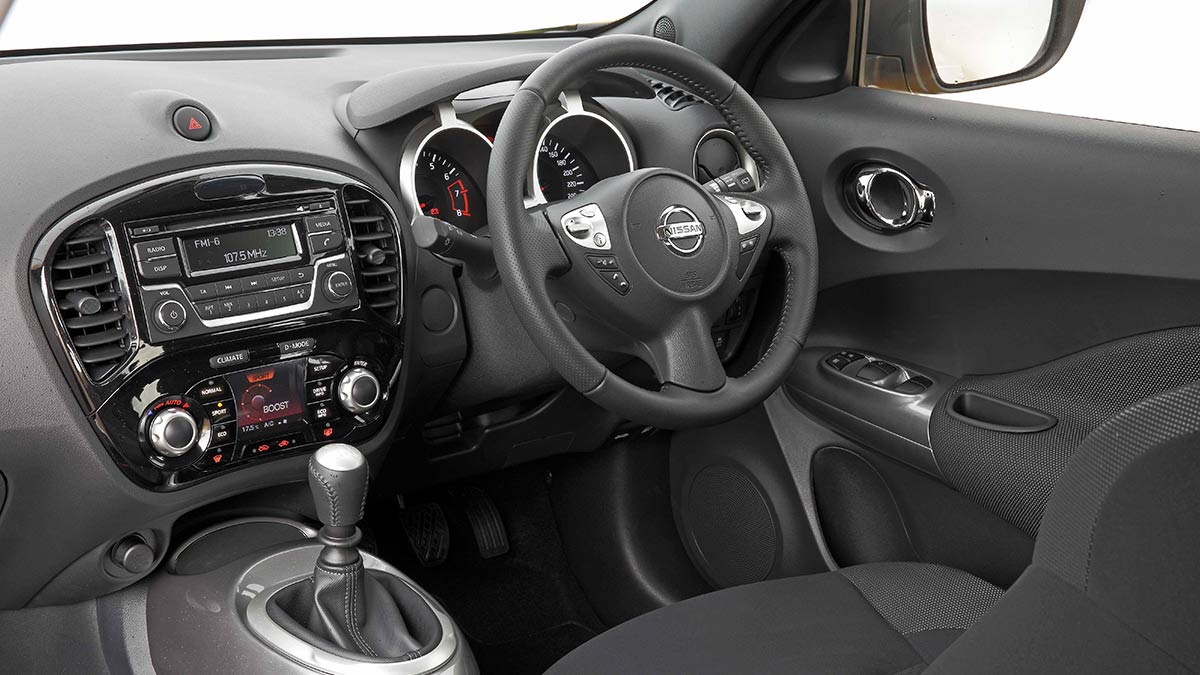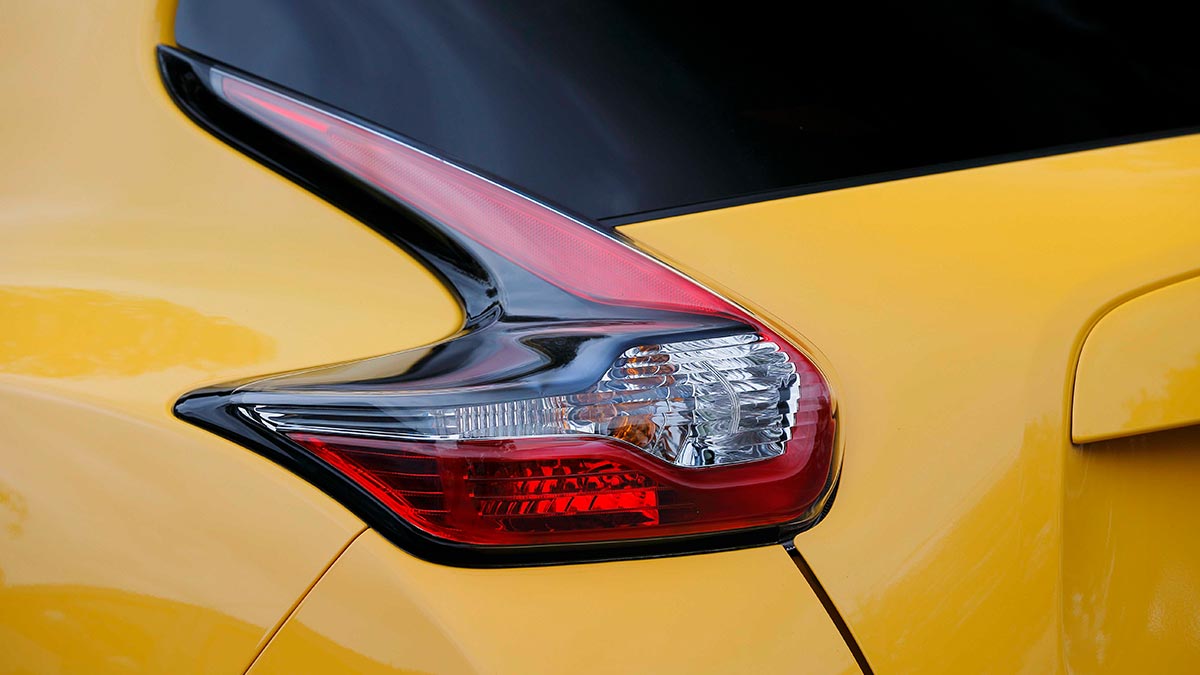The ninth-generation Toyota HiLux has arrived, bringing with it a futuristic forward exterior design, more safety and tech and the same rugged capability owners love. Will the updates tempt private buyers away from the Ford Ranger or are they just enough to keep fleets onside?
Nissan Juke 2013-2018 used car review

Greg Hill reviews the Nissan Juke.
Nissan Juke’s distinctive body styling and vivid colour range make it a small SUV that stands out from the crowd. The attention-grabbing front features large headlamps split into two prominent elements, while the big wheel arches, sloping roofline and broad shoulders at the rear create a unique look which people either love or hate. The interior presentation is not as flamboyant, but it’s still modern and easy to use.
Juke arrived in 2013 and was updated to Series 2 in early 2015, but even models from the same year can have distinctly different mechanical configurations and on-road ability. The most popular spec level on the used market is the Ti-S, followed by the ST.
In this article

Take your pick
There are many options for buyers. The first series had two 1.6-litre petrol engines: a naturally aspirated unit and a significantly more powerful turbo. In Series 2, Nissan added a more technically sophisticated 1.2-litre turbo engine to the range.
The auto transmission in the 1.6-litre front-wheel-drive models is a CVT style. If a manual transmission is preferred, it’s five-speed with the naturally aspirated engine and six-speed for the turbo versions. The all-wheel-drive models are CVT only, and the 1.2-litre turbo only comes as a six-speed manual. This means there are different rear suspension set-ups between models.
The naturally aspirated 1.6-litre model keeps pace with traffic and does the daily chores around town without fuss, but there is not a lot in reserve. It becomes noisy and the CVT works hard when climbing steep hills or accelerating to pass. Manual versions have a good gear-shift action and light clutch feel. The 1.6-litre turbo is the same engine Nissan uses in the sporty Pulsar SSS, which makes it a fun drive in keeping with Juke’s appearance. The 1.2-litre turbo has similar power to the 1.6 but is more refined and delivers better fuel economy.
Drivers have the choice of three operating modes – Normal, Sport or Eco – in all models. Depending on how it's driven, the 1.2 turbo uses around 6.0-7.5L/100km. The non-turbo 1.6 uses about 0.5L/100km more, and it’s a similar step up again for the 1.6 turbo. All engines require premium grade petrol.
Easy to handle
Although not class-leading, Juke handles well. It corners with just a little body roll and the light, speed-variable electric-assisted steering is relatively direct, making Juke easy to manoeuvre and enjoyable to drive. But the ride is firm, and noticeably so on winding second-class roads as the suspension tends to thump over bumps and body movement increases.
And although the raised stance and upright seating create an SUV look, Juke is certainly not designed for off-road use, even in the all-wheel-drive versions.
For a such a small SUV, leg and head room up front are good. Seat comfort is satisfactory but a little more support would be welcome. Rear leg room is tighter but long travel adjustment on the front seats should allow an acceptable compromise. Rear head room is marginally acceptable, a victim of the body styling, and thick pillars create annoying blind spots. With two adults in the rear, you become aware of the cabin's narrow width, while a high waistline also creates an enclosed feel. Cargo space, although oddly shaped, is reasonable and a 60/40-split rear seat, which folds almost flat, adds versatility. Families with a baby or small child may struggle fitting in all the gear they need to carry.
Problem-free
RACV vehicle inspectors haven’t found any major common problems with Juke. An up-to-date service history is a plus, as regular oil changes and use of the correct oil are important. Take note of normal wear and tear items, and check for signs of oil or cooling system leaks. Listen for unusual engine noises. Uneven tyre wear may indicate steering or suspension wear.
Some Juke models have been the subject of recalls relating to ignition switch issues, an engine fuel leak and a faulty oxygen sensor causing emission problems. Check with a Nissan dealer to make sure any work required has been done. Also check the operation of the CVT, while in manual models make sure the clutch is not slipping. We’ve also heard of a few issues with the navigation and sound systems.




